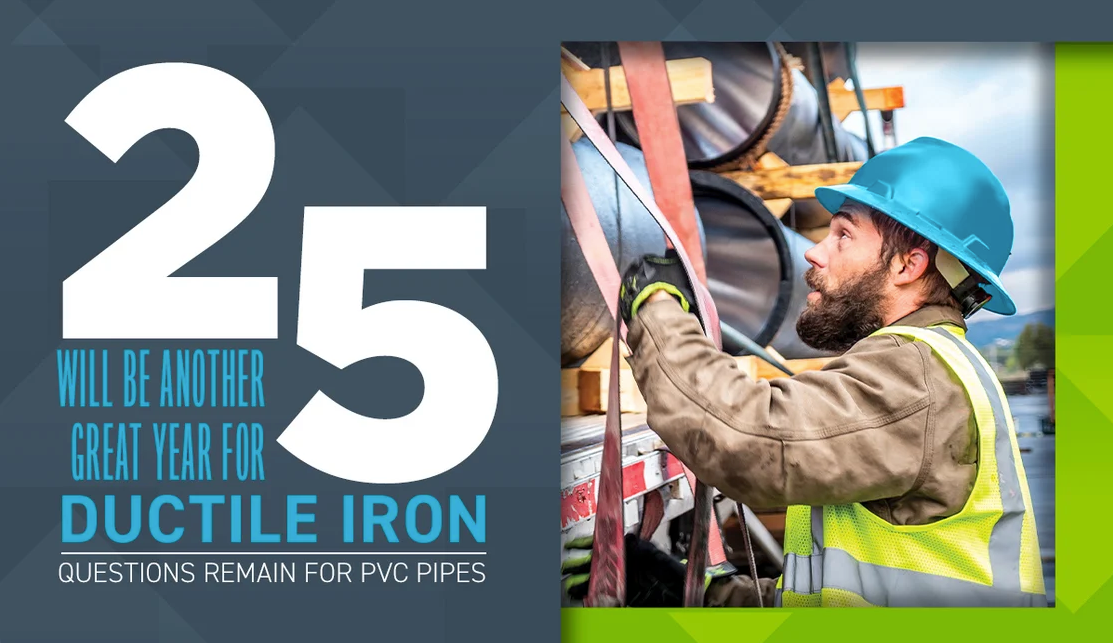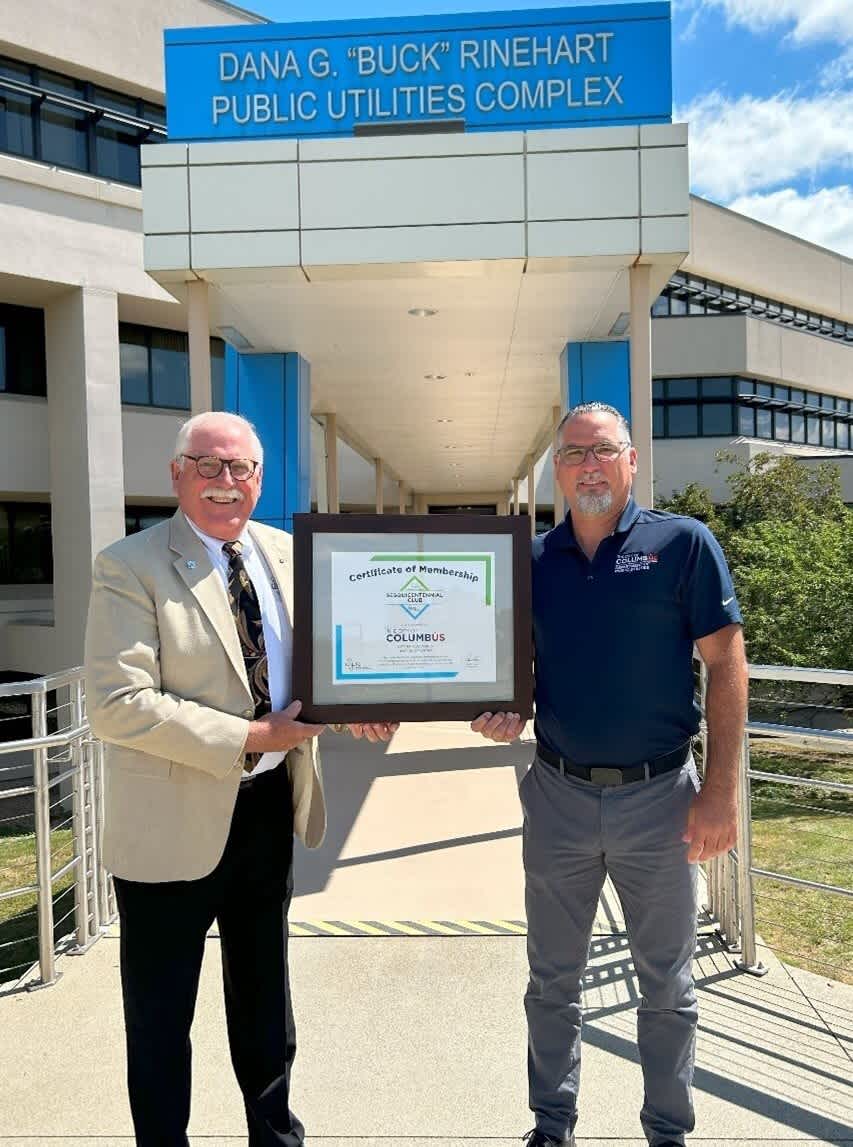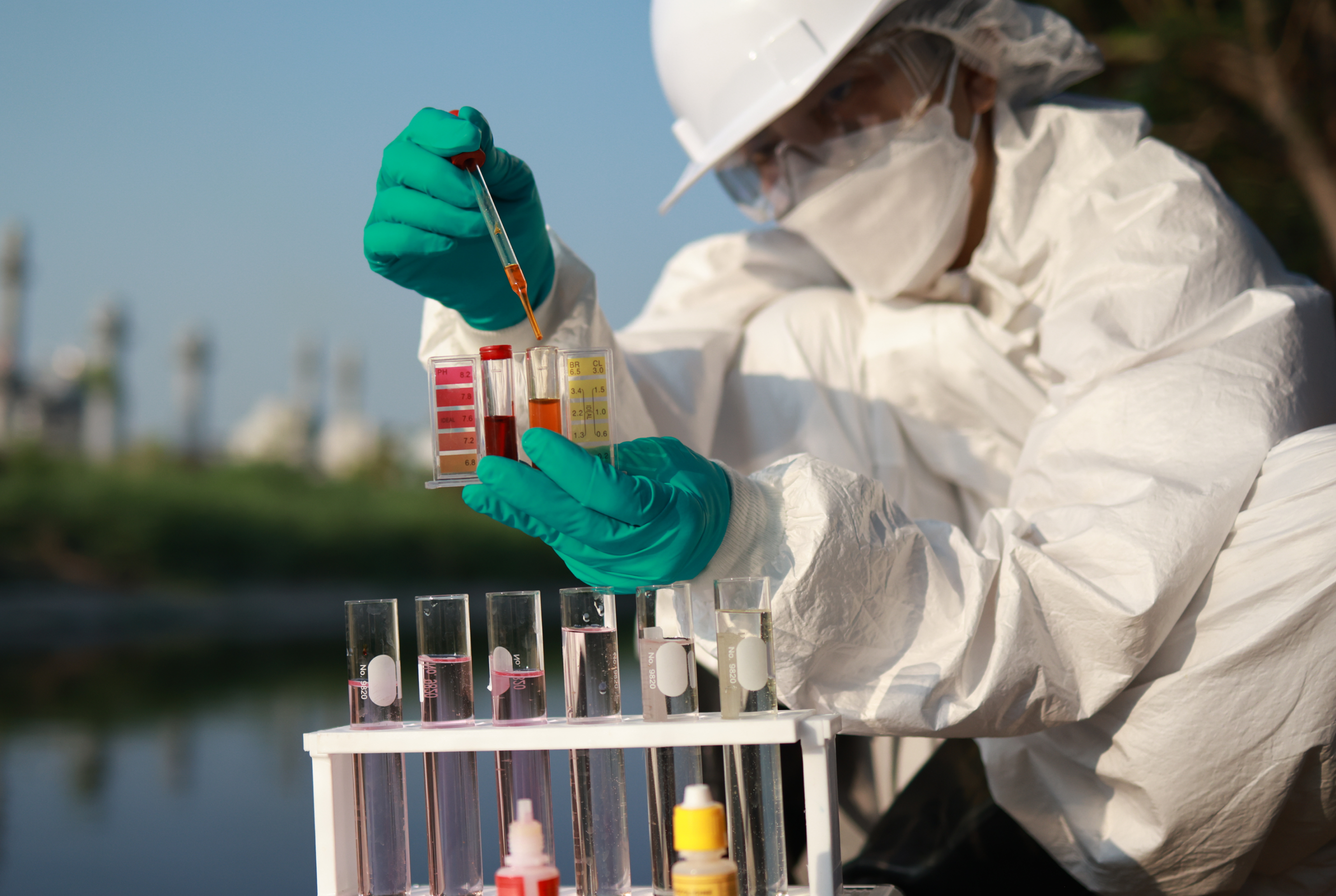...corrosion also includes materials such as concrete and plastics and exhibits mechanisms such as cracking.
Plastics fail due to stress that is applied over time. The greater the stress, the faster the failure. In fact, the designs for polyvinyl chloride (PVC) and high density polyethylene (HDPE) pipes are based on stress-regression or stress-rupture curves that are plots of the time to failure under various levels of constant stress.
Oxidative Degradation in HDPE
The way HDPE responds to stress is quite interesting. If an HDPE pipe fails in the elastic stage of its life, it is because the stress in the wall is greater than the tensile strength of the material. To justify a longer life, design stresses are lower than those that would cause an early failure, but the material slowly transitions into a brittle material, the result oxidative degradation and the resulting onset and growth of cracks in the wall of the pipe.
The contributors to the oxidative degradation phase are higher temperatures and the oxygen found in potable water. A third contributor is the chlorine found in disinfectants commonly used by utilities. To mitigate the effects of exposure to oxidants such as oxygen and chlorine disinfectants, antioxidant components are added to the HDPE resins prior to extrusion of the pipe.
Ohio Case: Disinfectant Accelerated HDPE Failure
DIPRA recently on premature failures of HDPE pipe in Hamilton, OH after only 20 years in service. Those pipes in Hamilton failed in the brittle, oxidative degradation stage, which eventually happens to all HDPE pipes, but those in Hamilton were expected to last much longer. They suffered an accelerated degradation due to exposure to the disinfectant used by Hamilton to make sure its drinking water remained potable.
In the 2015 revision to the AWWA standard for polyethylene water pipes, the allowable design stress was increased due to the introduction of a new classification of polyethylene materials. These materials purport to have longer service lives due to a flatter slope for their stress-rupture curves. However, the pipes installed in Hamilton and other locales that suffered premature failures did not meet the long-term goals established for the prior grades of polyethylene either. They failed because of the corrosive effects of the disinfectants in the water.
Newer PE Grades Not Exempted
This limitation has not been eliminated with the newer grades of polyethylene. In fact, an association representing PE100 polyethylene cautions that “(f)or pipe applications where chlorinated water is to be carried over a long term period…further advice should be sought.” Indeed! A study of the effects of using chlorine dioxide as the disinfectant suggested that “(i)n natural aging conditions…[typical temperatures, disinfectant concentrations and hoop stress]…lifetimes can be on the order of 10 years…against 50 years expected values.”
Inconceivable: Altering Disinfection Process to Suit the Pipe
It is inconceivable to expect a water utility to alter their disinfection process to suit the pipe. That would be quite a bit to ask of a utility whose primary function is to reliably deliver safe drinking water. The readily available alternative would be to use tough, resilient Ductile Iron pipe that can handle any form of chlorine disinfection, instead.
For more information, see on dipra.org.






